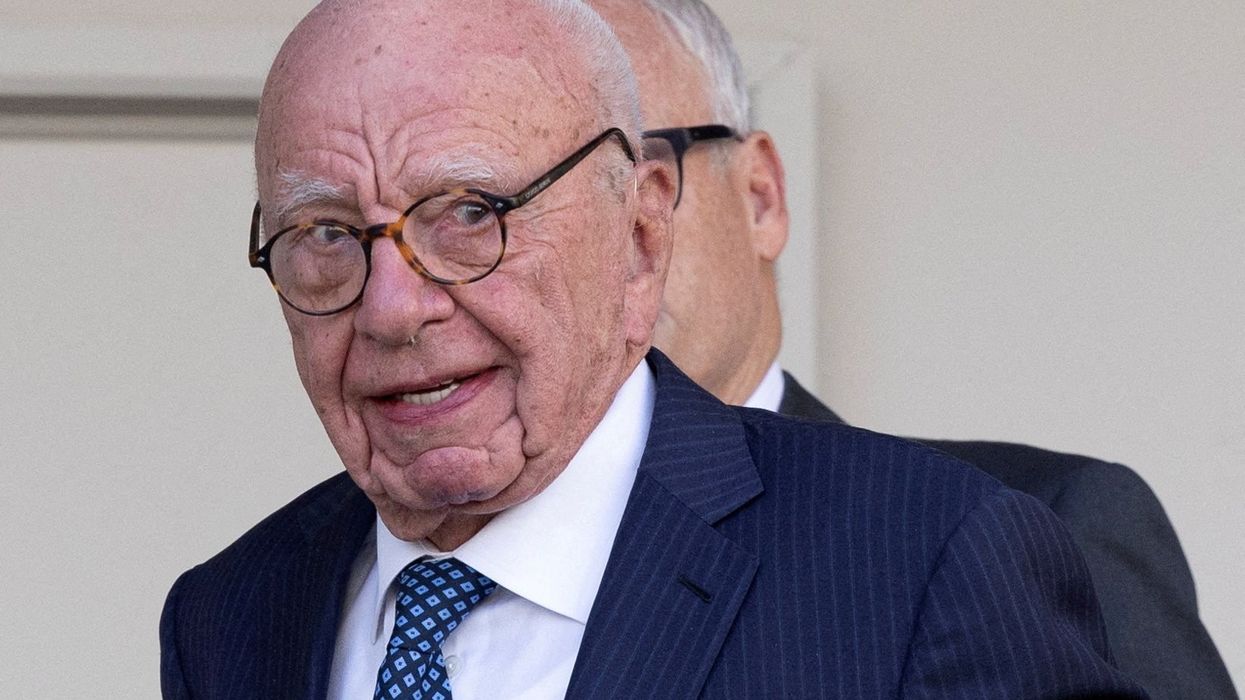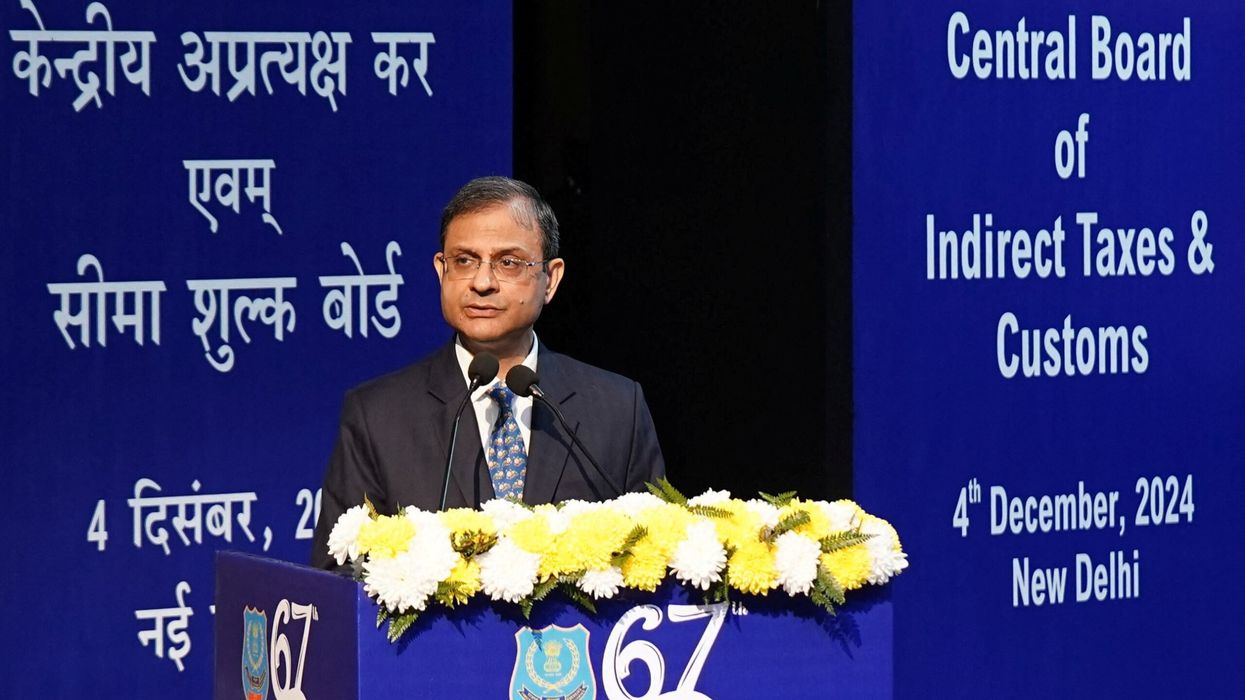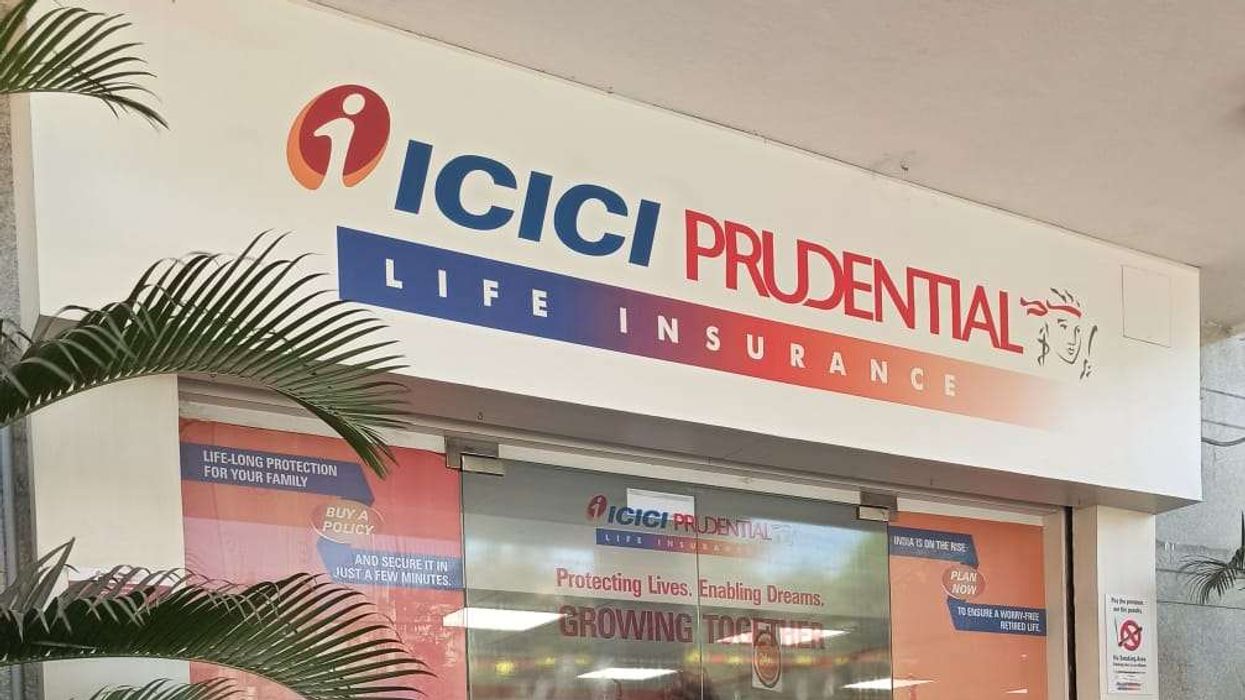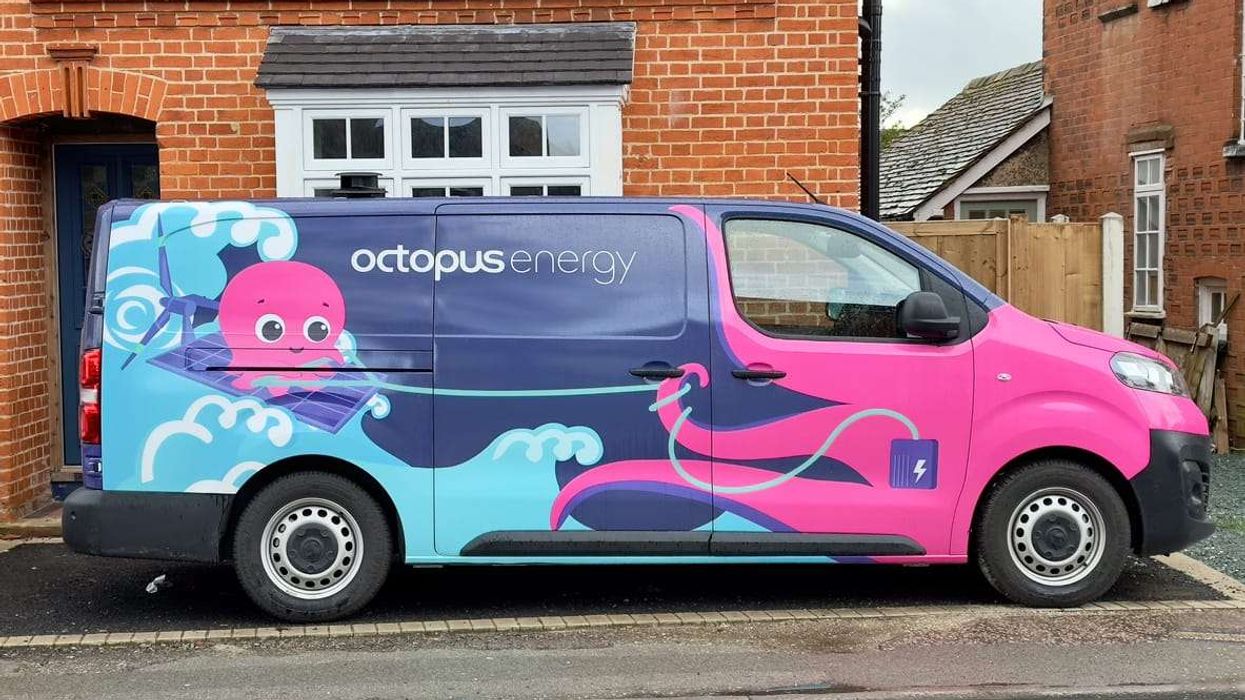When you first started your business, you were practically doing everything on your own. You had a small workspace and no employees to worry about. You only had a few clients and not much paperwork to deal with. In other words, you did not have much going on as far as productivity is concerned. But once the business got bigger over time, that all changed.
Nowadays, you have an office filled with employees who are busy working towards a single goal: making your company more successful than it already is. Of course, this means that things can get pretty hectic at times. With so many people running around doing their own thing, it can be hard for you to keep track of everything that’s going on in the workplace.
That’s why it is so important for businesses to find ways to improve their productivity. It will help you work together efficiently without getting overwhelmed by too many tasks at once or having difficulty communicating with each other about what needs to be done next!
Can Help Your Business Be More Productive
Blockchain technology is a distributed ledger, which means that it can be used to securely store and share information. This allows businesses to transfer data transparently without having to worry about security issues or privacy concerns.
In the past, most companies have been forced to use third-party providers for some types of shared storage and processing power. This has made them vulnerable because they are reliant on these external providers, to be honest, and trustworthy with their data. With blockchain technology, however, there is no need for this kind of arrangement because it provides an immutable way for businesses to store their information.
Boost Your Bottom Line
By now you've heard about how blockchain technology can improve your business. And we're sure you've also heard how important it is to improve productivity, efficiency, and profitability in your company. But how exactly do you achieve these goals?
The way to go about improving productivity, efficiency, and profitability is by implementing blockchain solutions into your company's operations.
Here are a few ways that blockchain can help increase profits:
- Make more money from customers' purchases - If customers are paying for goods with cryptocurrency, they'll be paying more than if they were using traditional forms of currency like credit cards and debit cards—which means more money for the seller!
- Get new customers - By providing discounts or other incentives only available through crypto payments (Bitcoin), merchants have an opportunity to attract new customers who may not have shopped with them before—and those new shoppers might become repeat customers as well!
Here’s How It Can Make It Happen
Blockchain is a distributed database that uses cryptography to maintain a publicly accessible, decentralized data structure. It’s often referred to as a “digital ledger.”
It stores the history of transactions and records them in “blocks.” Each block contains a timestamp and an encrypted link to the previous block in the chain – hence its name: blockchain!
This series of interconnected chains helps to keep track of the crypto markets. You can purchase cryptocurrency or convert cryptocurrency to fiat using this technology.
If you want your business to benefit from blockchain technology, then you need to learn about what it is and how it works.
Reduce Unnecessary Costs
In addition to reducing the need for middlemen, blockchain also reduces the need for manual processes. When you use a traditional ledger system, it's common for your product or service provider to require that you check off every step of the process manually. Blockchain removes this need by automating it. This can be done through smart contracts (more on them in a later section).
Make Better Use of Your Resources
Making better use of your resources is another way to improve productivity. You can accomplish this by using blockchain technology to improve resource allocation, management, planning and scheduling, optimization, and forecasting.
In addition to making the most of any asset you have in your organization (manpower or machines), you also need to make sure that those assets are used effectively. This means accounting for all factors when deciding where and how an employee should be working.
Adopt an Agile, Responsive Approach
An agile, responsive approach to operations will help you achieve increased business productivity. This means that you need to be able to respond to change quickly and efficiently.
This can be achieved through the following:
- A flexible workforce who understands the value of changing their tasks and methods to get results faster. Employees will have the freedom and flexibility they need to deliver on short-term projects as well as long-term goals.
- Cross-functional collaboration between departments so that all members of your team know how each other's work affects their performance levels, which helps ensure that there are no bottlenecks or delays in communication between departments (or even within one department). For example, if someone needs information from another department before they can complete their task list then this should be made clear at the beginning so everyone knows what's happening next so there isn't any confusion later down the road when time is running out.
Equip Yourself for Future Changes
If you're looking for a way to increase your business's agility, blockchain can be an effective tool. By developing an innovative product or service using blockchain technology and implementing it on a global scale, you'll be able to bring about change in the way people do business. In this way, you'll create a "new normal," one that is more agile and adaptable than ever before.
The importance of being agile cannot be overstated. This is true whether you're looking at large corporations such as Amazon or small businesses like yours. It's important because when times are changing rapidly (as they always are), we need to find ways to adapt quickly without compromising quality or performance standards. Otherwise, we risk falling behind our competition.
Organizations have responded by creating processes that allow them to react quickly when necessary. However, what if these processes could respond automatically? This would make them even more efficient than before!
Conclusion
We hope you now have a clearer vision of how blockchain and the Internet of Things can improve business productivity. You may be wondering how to implement these technologies within your organization.
We recommend starting with a feasibility study that identifies areas within your organization where blockchain technology could be implemented. It also outlines potential benefits and costs associated with each of those implementations.












